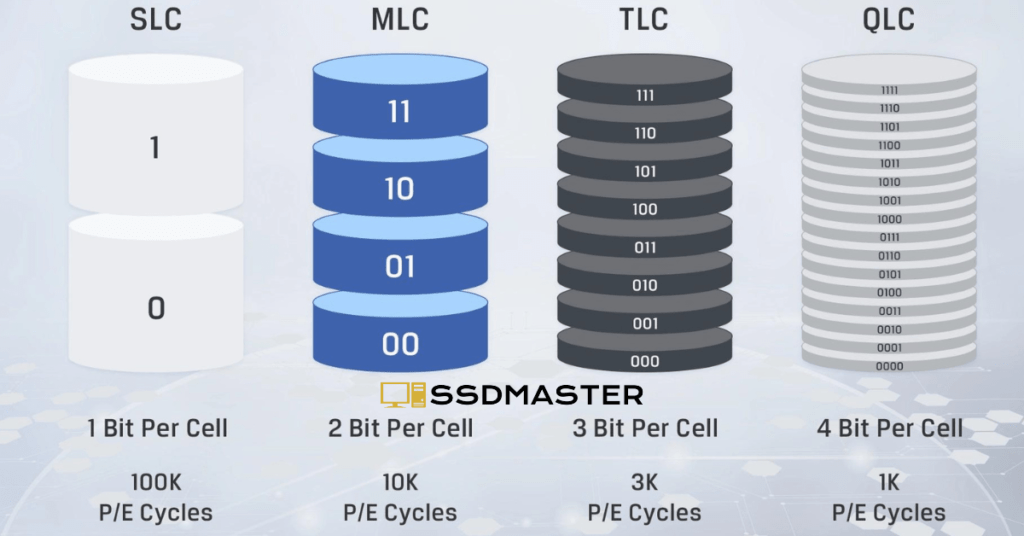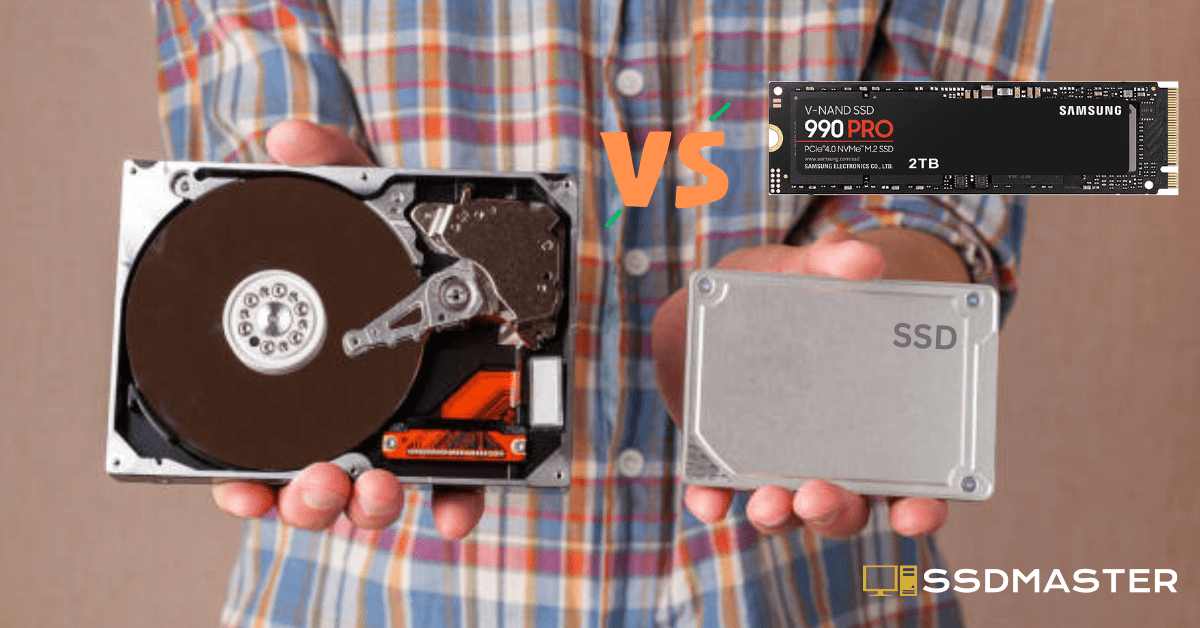Solid State Drives (SSDs) have become increasingly popular in recent years, thanks to their high speed, reliability, and overall performance. SSDs are an essential component in gaming setups, providing faster load times, improved game performance, and reduced boot times. However, the question arises: How long do gaming SSD last? In this article, we will dive into the topic of gaming SSD lifespan and provide you with everything you need to know.
How long do gaming SSD last: The Factors That Affect SSD Lifespan
The lifespan of an SSD depends on various factors, including:
1. Total Bytes Written (TBW)
The amount of data that is written to an SSD is referred to as the Total Bytes Written (TBW). This number is often used as an indicator of an SSD’s lifespan. The higher the TBW, the more data the SSD can handle before it begins to degrade. Therefore, the higher the TBW, the longer the SSD will last.
2. NAND Flash Type

There are four types of NAND flash used in SSDs: Single-Level Cell (SLC), Multi-Level Cell (MLC) Triple-level cell (TLC) or 3D NAND, and Quad-level cell (QLC). SLC and MLC NAND are more expensive but provide better performance and have a longer lifespan than other NAND. Therefore, an SSD with SLC and MLC NAND will typically last longer than an SSD with TLC and other NAND. The market currently only offers TLC and QLC NAND SSDs.
3. Operating Conditions
The operating conditions of an SSD can also affect its lifespan. Factors such as temperature, humidity, and exposure to light can all impact the lifespan of an SSD. Generally, keeping an SSD in a cool, dry place and avoiding exposure to direct sunlight can help prolong its lifespan.
4. Manufacturing Quality
The manufacturing quality of an SSD can also play a significant role in its lifespan. Higher quality SSDs will often last longer than cheaper, lower quality SSDs. It is essential to purchasing an SSD from a reputable manufacturer to ensure that you get a quality product that will last for years to come.
The Average Lifespan of SSDs
The average lifespan of an SSD is difficult to determine because it varies depending on the factors mentioned above. However, most SSDs can last for up to 10 years or more with average use. Some SSDs can even last for up to 20 years with proper care and maintenance.
Important point
Always note that Write endurance before purchasing an SSD. Write endurance is a measure of how many times an SSD can be overwritten with new data before it starts to degrade. It is typically measured in Terabytes Written (TBW) and can vary widely between different SSD models. Generally speaking, higher-end SSDs tend to have a higher write endurance, while lower-end models may have a lower write endurance.
It is important to note that write endurance is different from overall SSD lifespan, which can still be affected by other factors such as operating conditions, manufacturing quality, and NAND flash type. However, if you plan on using your gaming SSD for heavy data-intensive tasks such as video editing or large file transfers, it may be worth considering an SSD with a higher write endurance to ensure that it lasts as long as possible.
FAQs
Can an SSD fail suddenly?
Yes, an SSD can fail suddenly due to various reasons, including power surges, physical damage, and firmware issues. However, it is relatively rare for an SSD to fail suddenly.
Is it necessary to defragment an SSD?
No, it is not necessary to defragment an SSD. In fact, defragmenting an SSD can actually shorten its lifespan. And it’s a danger for your SSD.
Should I buy an SSD or an HDD?
If you want faster load times, improved game performance, and reduced boot times, then an SSD is the way to go. However, if you need more storage space at a lower cost, then an HDD may be a better option.
Conclusion
Understanding the factors that affect the lifespan of a gaming SSD can help you make an informed decision when purchasing one. Remember to consider the TBW, NAND flash type, operating conditions, and manufacturing quality before making your purchase.
Thanks for visiting my website. I hope this article clears all of your doubts.


